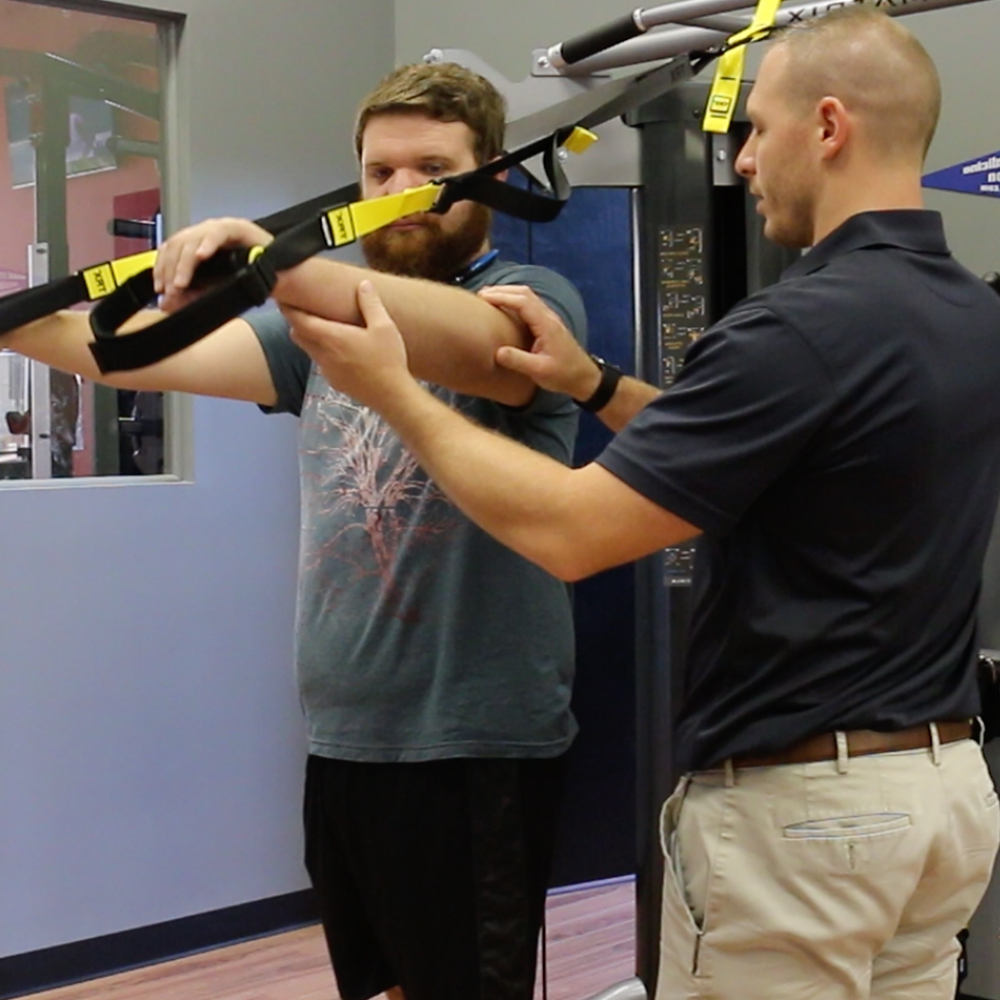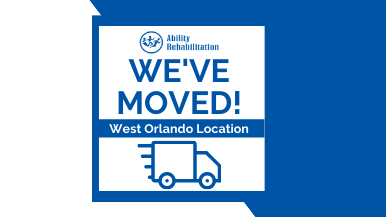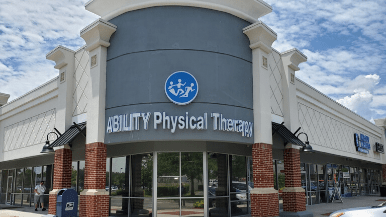Vestibular Rehab
Getting out of bed without stumbling, walking across an uneven surface, transitioning from walking on grass to the sidewalk are easy for most people — unless they have impaired balance. That’s where vestibular rehabilitation can make a difference.
Falls are the chief cause of both fatal and nonfatal injuries for older adults. Every year one in three people over 65-years-old will have a fall, and annual total medical expenses for falls total over $50 billion.
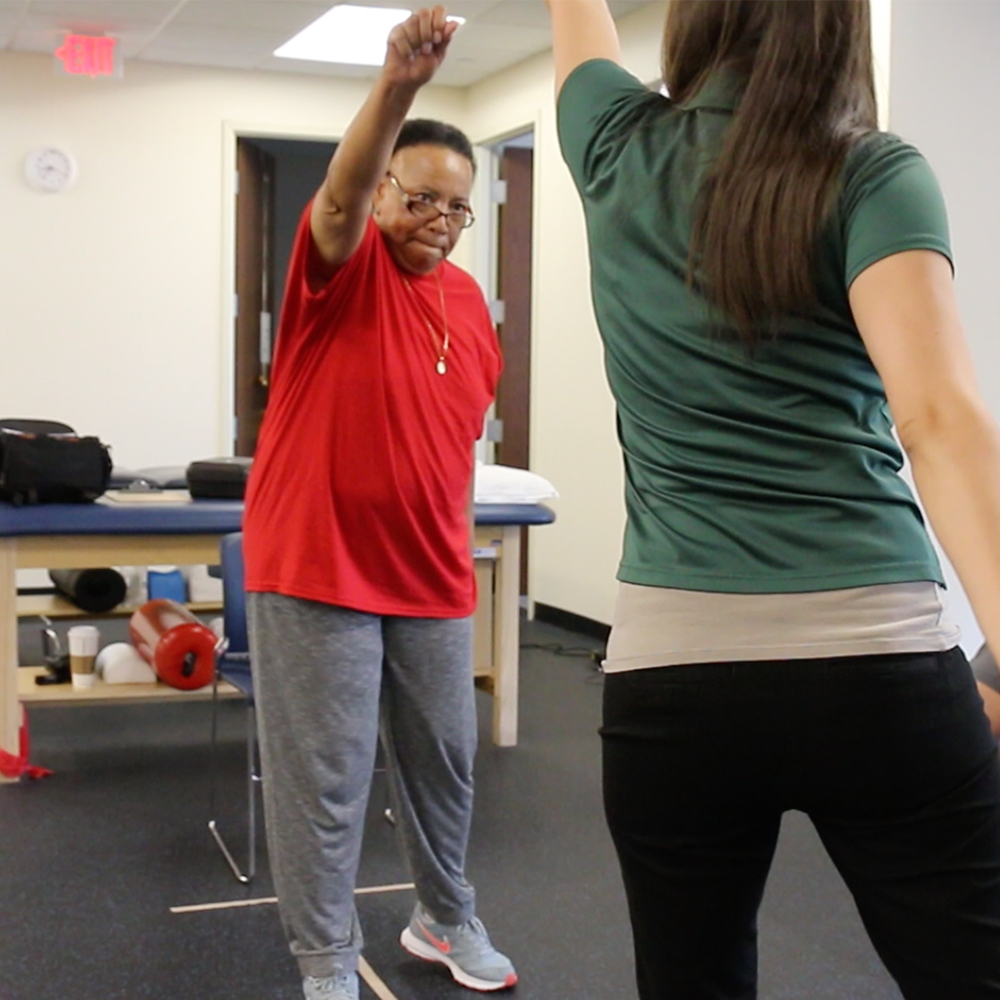
Vestibular Rehab
Getting out of bed without stumbling, walking across an uneven surface, transitioning from walking on grass to the sidewalk are easy for most people — unless they have impaired balance. That’s where vestibular rehabilitation can make a difference.
Falls are the chief cause of both fatal and nonfatal injuries for older adults. Every year one in three people over 65-years-old will have a fall, and annual total medical expenses for falls total over $50 billion.

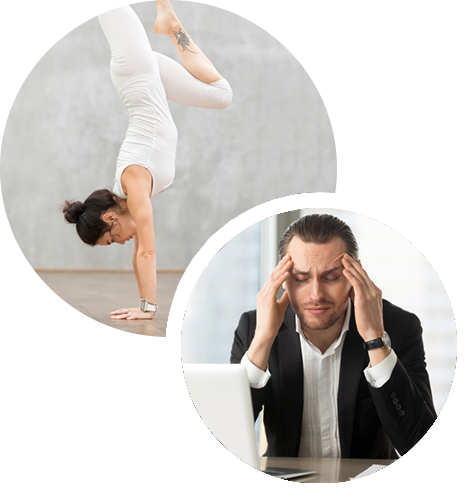
What Is the Vestibular System?
The vestibular system includes the parts of the inner ear and brain that process the sensory information involved with controlling balance and eye movements. The vestibular organs monitor the head’s position and movement (related to gravity) and send symmetrical impulses to the brain to help keep the body stable when standing.
Vestibular disorders can result from disease or injury to the processing areas of the vestibular system. Vestibular rehabilitation is one of the first line of defense to address imbalance issues and reduce their symptoms.
Vestibular disorders can wreak havoc on all aspects of quality of life and daily living and engender emotional distress, anxiety, and depression. People may purposefully avoid social gatherings and adopt a more sedentary lifestyle leading to loss of muscle strength, flexibility, joint pain, and reduced overall energy level.
What is a Vestibular System Disturbance?
When the vestibular system becomes impaired, dizziness and instability can result. Dizziness can be positional or nonpositional. Damage to the vestibular system can come about through:
Other symptoms that manifest as a result of vestibular system imbalance include:
How Is Vestibular System Disturbance Treated?
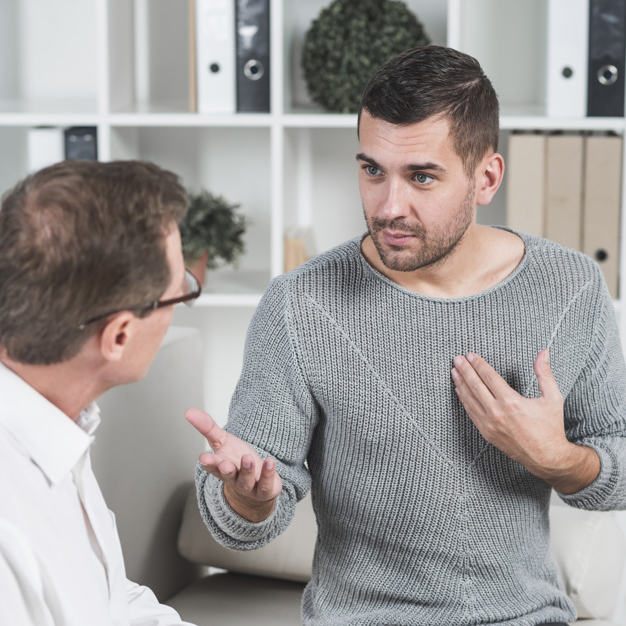
The common treatments to relieve the symptoms of vestibular system impairment, including vestibular rehabilitation, are simple and effective and usually do not require many visits. Physical therapy, when used correctly, can be a very successful treatment for vestibular problems and can quickly get you back to your usual daily activities.
To help re-educate the brain’s capacity to adapt for imbalances, a patient can undergo vestibular rehabilitation therapy (VRT), a treatment that has been shown to improve symptoms related to vestibular disorders effectively.
VRT is a specially-designed exercise program to relieve vertigo and dizziness, gaze instability, and imbalance and falls. VRT accomplishes this by training different parts and senses of the brain to compensate for the deficiency in the vestibular system. Customized exercises are applied to each patient’s unique problem and medical history.
If you have experienced any of the symptoms listed above, please tell your physician and ask if physical therapy might help you. For evaluation by a licensed, physical therapist, please call or contact us using the form to the right.

